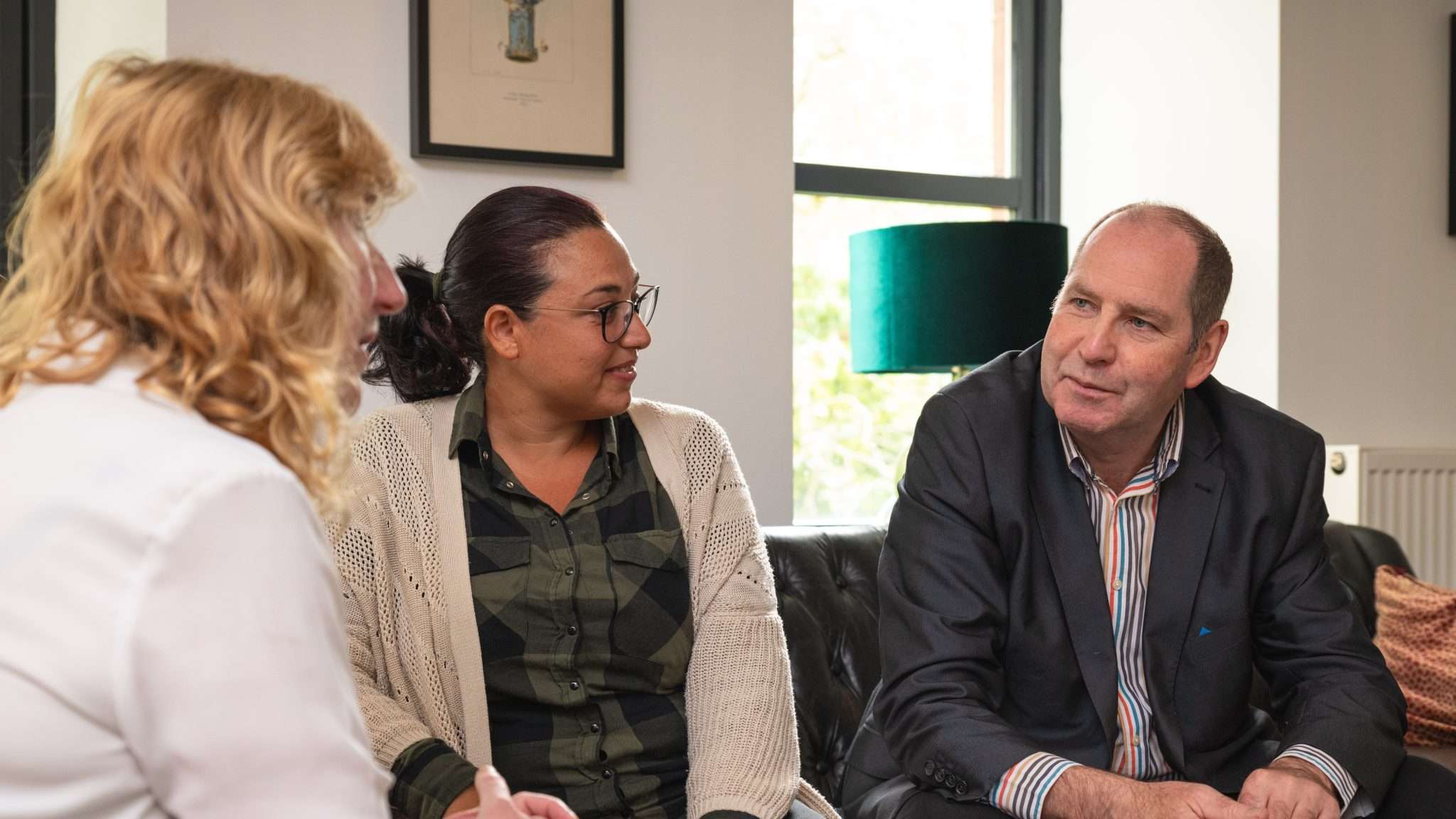Table of Contents
Since the turn of the millennium, healthcare systems have been afflicted by a new drug, known as ‘spice’. Thousands of people are now addicted to spice, a former ‘legal high’, and abuse of this drug has now reached epidemic levels. Here we look at what spice is, its effects on people who use the drug and treatment options.
What are Synthetic Cannabinoids?
Often referred to as ‘synthetic marijuana’ or ‘fake weed,’ spice and K2 contains a wide range of laboratory-made chemicals designed to mimic the effects of the well-known psychoactive compound in marijuana called THC, or tetrahydrocannabinol. The combinations of chemicals in synthetic cannabinoids are changing all the time, leading to different effects and levels of potency between each batch. There are potentially hundreds or even thousands of variations which are then sprayed onto a mix of herbs or tea.
Although originally developed as a legal alternative to cannabis, spice has been illegal in the U.S. since 2013, and in the U.K. since 2016. It is said to be more harmful than its naturally grown cousin, causing more severe withdrawal symptoms.
Synthetic cannabinoids include spice, K2, fake weed, joker, black mamba, kush, kronic, potpourri or skunk, and can be smoked, ingested in a liquid form or inhaled using e-cigarettes.

The Effects of Synthetic Cannabinoids (Spice/K2)
THC is the mind-altering chemical in cannabis that works by latching onto cannabinoid receptors in the brain. The chemicals in synthetic cannabinoids behave in the same way but can be much more potent and produce wildly different effects which can be unpredictable and dangerous.
The effects you experience after using synthetic cannabinoids like spice and K2 will depend on the combination of chemicals it includes and the concentration of the substance sprayed onto the herbs. Unlike marijuana, which is naturally produced, chemicals are sprayed onto plant matter to create spice. This means producers may unwittingly create highly concentrated hotspots resulting in unpleasant side effects.
The weaker and desirable effects of taking the drug can include feeling happiness, euphoria, and relaxation. However, some immediate and less desirable side effects reported after the use of spice include:
- losing touch with reality
- anxiety or restlessness
- memory impairment
- perception changes
- tremors
- increased heart rate
- slurred speech
- poor coordination
Risks of Synthetic Cannabinoids (Spice/K2)
Synthetic cannabinoids are potent and low in cost compared to other mood-altering substances. The chemical ingredients of spice are usually psychoactive which makes them addictive. Easy access to spice and its habit-forming nature means there is a risk of addiction and adverse reactions. When combined with alcohol use of spice can be fatal.
Research carried out on spice use in homeless communities in Manchester found that the drug was described as equally addictive as heroin, if not more so. Participants in the study reported that addiction to spice had taken the place of addictions to heroin or methadone.
Adverse reactions to spice cannot be entirely predicted and may vary with the dose, how the drug is taken, individual vulnerability and if used with other drugs. The use of spice can produce negative effects including:
- reduction of coordination
- personality changes
- emotional ‘blunting’
- dysfunctional social interactions
- learning difficulties
- short-term memory
- problem-solving
- decision-making processes
- hallucinations
- anxiety
- delirium
- paranoia
Further to the above, spice can have immediately devastating effects. More pronounced side effects include (but are not limited to):
- increased heart rate and blood pressure, which in turn leads to chest pains or even a heart attack
- aggression and violence towards self and others
- psychosis lasting for several weeks
- acute kidney dysfunction
- severe psychomotor agitation
- serotonin syndrome
- rhabdomyolysis (breakdown of muscle tissue)
Signs of Spice Abuse and Addiction
The main sign that you might be suffering from an addiction is that substance misuse continues despite negative consequences.
Behavioural signs of spice addiction may include the following:
- preoccupation with getting and using spice
- uncharacteristic behaviour
- increased need for sleep
- stopping activities and pleasurable pursuits to use spice
- combining spice with other drugs to achieve greater highs

Download Our Brochure
Spice Withdrawal and Detox
Spice withdrawal may closely resemble cannabis withdrawal. However, since spice contains large concentrations of unknown, toxic chemicals, side effects may be significantly more severe and longer-lasting. Insomnia, panic, agitation, irritability, mood swings, paranoia, and cardiac disturbance are all common withdrawal symptoms of spice misuse.
If you feel that you are struggling with an addiction to spice and would like to get well, a detox may be required. A structured drug detox is an informed process in a caring, supportive environment where you are monitored 24 hours a day. A detox may include temporary medication to ease withdrawal symptoms and regulate sleep patterns to make you as comfortable as possible.
Treatment for spice addiction
Residential rehab
After detox, an abstinence-based residential rehab programme aims to improve the patient’s psychological health, and helps them to gain a better understanding of their drug addiction, the reasons behind it and how to change their behaviour.
A clinically proven rehab programme will be tailored to you based on your pattern of drug use and current circumstances. This may include specialised therapies such as individual therapy, group therapy, CBT, trauma therapy, grief therapy, anxiety management and mood management. Complementary therapies such as hyperbaric oxygen therapy, equine therapy, drumming therapy, mindfulness meditation, and aqua therapy may also be offered.
Outpatient services
If you can’t commit to a residential stay due to personal or professional commitments, outpatient treatment programs may suit you better. Outpatient programs work well if you have a strong support network and don’t require the round-the-clock care of a detox programme that inpatient options provide. Outpatient treatments are characterised by individual counselling and support groups, and you may attend once a week or several times per week depending on your needs.
FAQs
Are synthetic cannabinoids the same as cannabis?
No. Spice was developed as a (previously) legal high and an alternative to cannabis. Both drugs work on the brain in a similar way but are different in nature. Cannabis is derived from a natural plant that grows in the wild and is cultivated for its medicinal properties and for recreational use. Though synthetic cannabinoids such as spice are chemical relatives to substances in marijuana, spice compounds are not found in plant-based marijuana. The chemical and pharmacological properties of synthetic cannabinoids are largely unknown outside of the lab where the drug is developed. The dosage of spice is harder to control than marijuana and can be much more potent.
Is spice addiction fatal?
Spice addiction, like any addiction, can be fatal. However, fatalities relating to addiction are unnecessary. If someone struggling with an addiction to spice receives the right kind of care and support to facilitate them finding freedom, long-term recovery is possible.
Can I detox from spice at home?
Whether or not you can detox from spice at home will depend on how much you are using and how regularly. If you have developed a dependence on spice, and due to the dangerous nature of spice withdrawal, it may not be recommended that you detox from spice at home because of the round-the-clock care required to keep you safe and comfortable. This can be discussed with your lead clinician.
Will I experience withdrawal symptoms if I stop using spice?
Frequent use of spice over a period of time can lead to physical dependence. This occurs when your body adapts to the presence and influence of the drug in your system, which then requires increasing amounts of the drug in order to function normally. As such, if you stop taking spice you will likely experience withdrawal symptoms, which can range from uncomfortable to painful in their severity. Withdrawal symptoms may include but are not limited, to sleep disorders, headaches, paranoia, restlessness, anxiety, nausea, suicidal ideation and cravings.
Get help for spice addiction
If you need emergency mental health advice or medical support, please call the NHS 24 helpline as soon as possible on 111 or 999. The advice is free and could save a life.
If you need advice on accessing inpatient rehab treatment for spice addiction, please call our 24-hour helpline on 01721 728118 to arrange a free addiction assessment. Our dedicated admissions team are there to answer any questions you might have about rehab and which course of treatment might be best for you.
How Can Castle Craig Help?
Who will I speak to when I call Castle Craig?
When you call you will reach our Help Centre team who will give you all the information you need to help you decide whether to choose treatment at Castle Craig. If you decide that you would like to have a free screening assessment you will be asked a series of questions to build up a picture of your medical and drug use history as well as any mental health issues you are facing. If you decide you want to proceed with treatment you will be put in touch with our admissions case managers who will guide you through the admissions process.
How long is the rehab programme?
Residential rehab treatment starts at 4 weeks and can go up to 12+ weeks. Research shows us that the longer you stay in rehab and are part of the residential therapy programme, the longer the likelihood of continued abstinence and stable recovery.
How do I pay for rehab?
One concern we sometimes hear from people is how they will fund their rehab treatment. You can pay for treatment at Castle Craig privately, or through medical insurance, and some people receive funding through the NHS. The cost of rehab varies depending on what kind of accommodation you choose.
What happens at the end of my treatment?
Castle Craig thoroughly prepares patients before departure by creating a personalised continuing care plan which is formulated following discussions with the medical and therapeutic team. We offer an online aftercare programme which runs for 24 weeks after leaving treatment, in order to ensure a smooth transition back into your everyday life. Patients leaving treatment automatically join our Recovery Club where they can stay connected via our annual reunion, events, online workshops and recovery newsletters.

